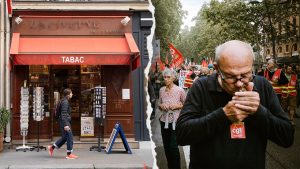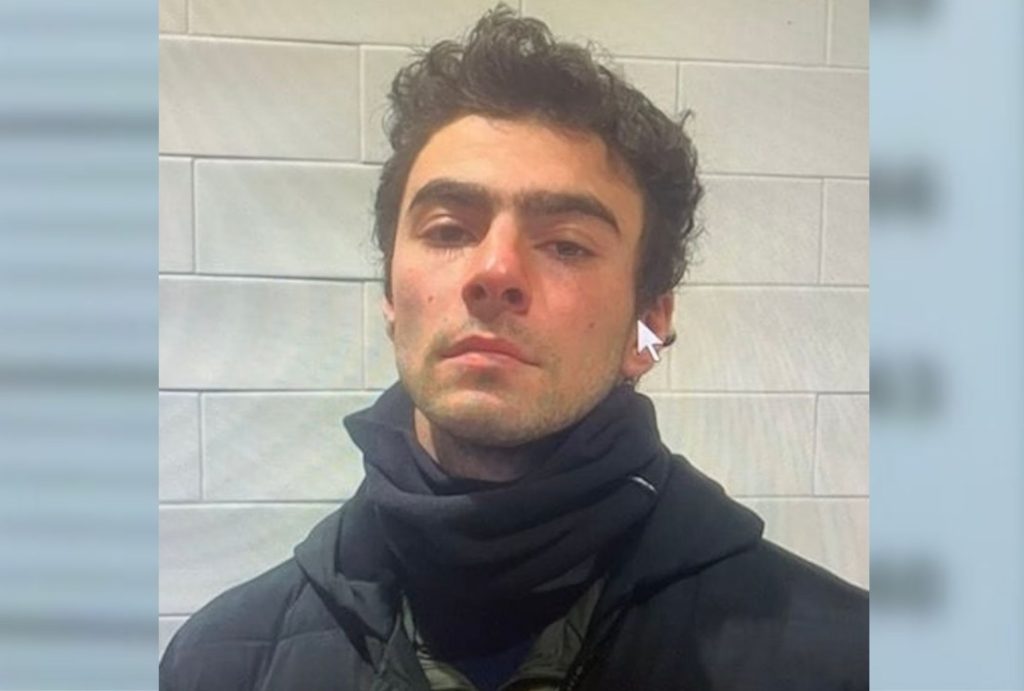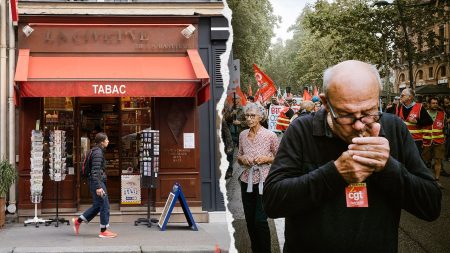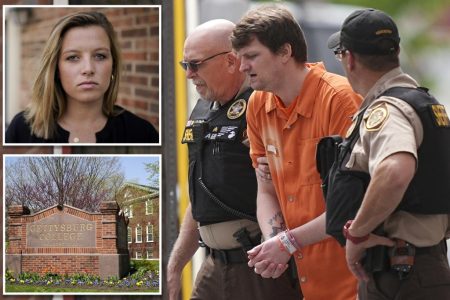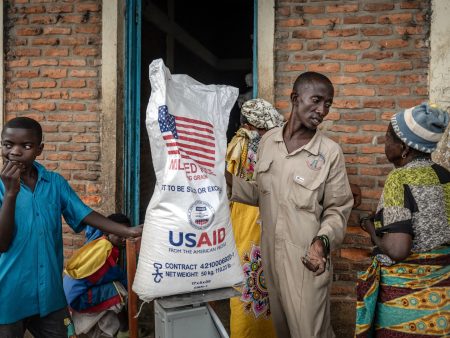The arrest of Luigi Mangione, a 26-year-old identified as a “strong person of interest” in the fatal shooting of UnitedHealthCare CEO Brian Thompson, unfolded dramatically at a McDonald’s restaurant in Altoona, Pennsylvania. A McDonald’s employee, recognizing Mangione’s resemblance to publicly circulated surveillance images of the suspected shooter, alerted authorities. This seemingly mundane observation triggered a chain of events that led to Mangione’s apprehension and the discovery of incriminating evidence, including a silencer-equipped “ghost gun” and fake identification. The arrest marked a significant turning point in the investigation of Thompson’s death, offering a potential breakthrough in a case that had gripped the nation.
The initial encounter between Mangione and law enforcement was marked by deception and rising anxiety. When confronted, Mangione reportedly presented a fake driver’s license and a false name, attempting to conceal his true identity. However, the façade began to crumble when officers inquired about his recent travels, specifically whether he had been to New York City, the location of Thompson’s murder. The question seemed to pierce Mangione’s composure, causing him to fall silent and visibly tremble, a telling reaction documented in the criminal complaint filed in Pennsylvania. This non-verbal response, combined with the fake identification, heightened the officers’ suspicion and prompted further investigation.
The affidavit details the escalating tension of the encounter. After running the information from the fake driver’s license, officers realized the deception. The pointed question about New York City seemed to be the catalyst for Mangione’s visible unease, described as “shaking.” The officers, recognizing the significance of this reaction, informed Mangione that he was under investigation and that lying about his identity would lead to his arrest. This direct approach proved effective. Faced with the imminent consequences of his deception, Mangione relented, providing his real name and birth date. He even acknowledged the futility of his initial attempt at subterfuge, admitting, “I clearly shouldn’t have.”
The discovery of the silencer-equipped “ghost gun” further solidified Mangione’s connection to the Thompson homicide. “Ghost guns,” unregistered and untraceable firearms often assembled from kits, have become increasingly prevalent in criminal activities. The presence of a silencer on the weapon suggests a premeditated and calculated approach to the crime, raising questions about Mangione’s potential motives and planning. The recovery of this firearm represents a crucial piece of evidence, potentially linking Mangione directly to the fatal shooting.
The circumstances surrounding Mangione’s arrest – his apparent attempt to evade detection using a false identity, his nervous reaction to questioning about New York City, and the possession of a “ghost gun” with a silencer – paint a picture of a suspect potentially attempting to conceal his involvement in a serious crime. While these details are suggestive, it’s crucial to remember that investigations are complex processes, and further investigation is required to definitively establish Mangione’s culpability in Thompson’s death. The recovered evidence and Mangione’s behavior during his arrest, however, provide strong leads for investigators to pursue.
The investigation into Brian Thompson’s death is ongoing, and the legal process will now unfold. Mangione’s arrest marks a significant development, bringing potential closure to a case that has captivated public attention. The focus now shifts to gathering further evidence, establishing a clear timeline of events, and ultimately determining the full extent of Mangione’s alleged involvement in the tragic death of the UnitedHealthCare CEO. The legal proceedings will aim to uncover the truth and ensure justice is served.
